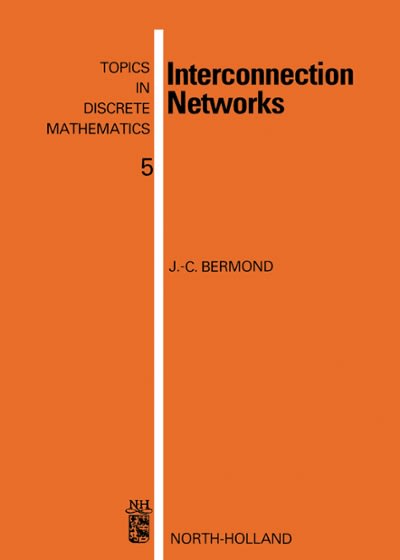Question
Hello, I would like help with providing responses to my peer's statements about a question that was asked. - QUESTION: Explain the difference between the
Hello, I would like help with providing responses to my peer's statements about a question that was asked.
-
QUESTION:
Explain the difference between the predictor and the criterion variable in linear regression. Give an example of a predictor and criterion variable and how you would use each variable in a study.
Jennifer said: "The predictor gives data based on an independent variable and is used to predict an outcome or hypothesis.
The criterion variable is used to "describe the variable."(Gravetter et al., 2021, P. 2)
An example would be college GPA scores, (predictor variable) and scores from the licensure test for medical billing and coding. (Criterion Variable) If a student did well in their associate's degree program for medical billing and coding and did well on their state licensure test to become a certified medical coder, one would find that there is a strong correlation between the college GPA and certification test. The college GPA though does not guarantee a good score on the certification test. Another way to word it is that the student's college GPA does not "cause"(Gravetter et al., 2021, P. 4)the score on the certification test."
How should I respond to her statement?
Danny said: "The predictor is similar to the independent variable we learned about early in this course. It is the factor or treatment that is used to to predict an outcome. Similarly, the criterion variable is comparable to the dependent variable. It is the variable that is being predicted. For example, a predictor variable can be the number school days attended where the criterion would be final class grade."
How should I respond to her statement?
Delanna said:
To understand the difference is to further understand what each one is a chi square test for independence which analyzes whether categorical variables are associated and whether the variables are independent or related its a no parametric test. Whereas the chi square goodness of the fit relates to statistical hypothesis which a test is used to determine whether a variable is likely to be come from a specified distribution or not. A researcher would use test as a sample of data from a population with specific distribution.
How should I respond to her statement?
Shea said: Chi squared testing uses theoretical and observational distribution. There are different types of chi squared test used for different experiments. There is chi squared independence testing and chi square goodness of fit testing.
Chi square for independence testing is seeing if two or more variables that are categorical have relation between each other or if the variables are independent. A good example would be 120 people are surveyed for their prefers candy. Is there enough evidence to suggest candy preference is independent of sex. The main goal for a chi squared independence test is to determine if they are independent. The Ho: candy preference is independent of sex while H1: candy preference is not independent of sex.
Using the expected frequencies table to compare with the observed would determine the independence. If the observed frequencies are close in value with the expected, it will most likely not reject. If they are far away in numbers they will reject.
How should I respond to her statement?
Step by Step Solution
There are 3 Steps involved in it
Step: 1

Get Instant Access to Expert-Tailored Solutions
See step-by-step solutions with expert insights and AI powered tools for academic success
Step: 2

Step: 3

Ace Your Homework with AI
Get the answers you need in no time with our AI-driven, step-by-step assistance
Get Started


